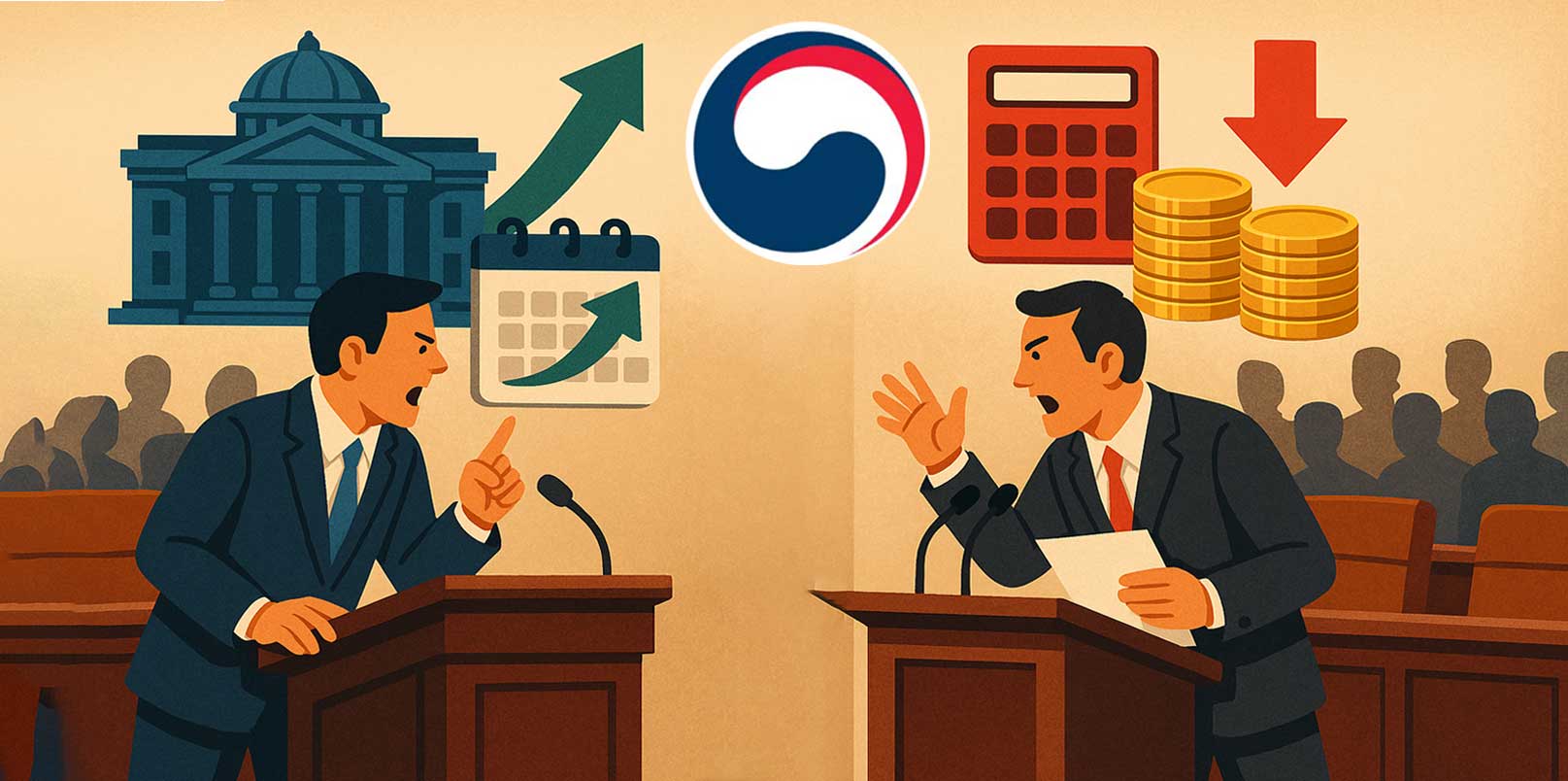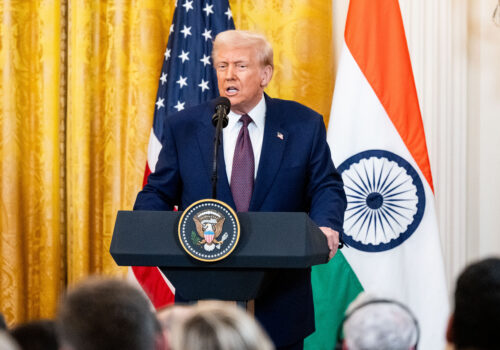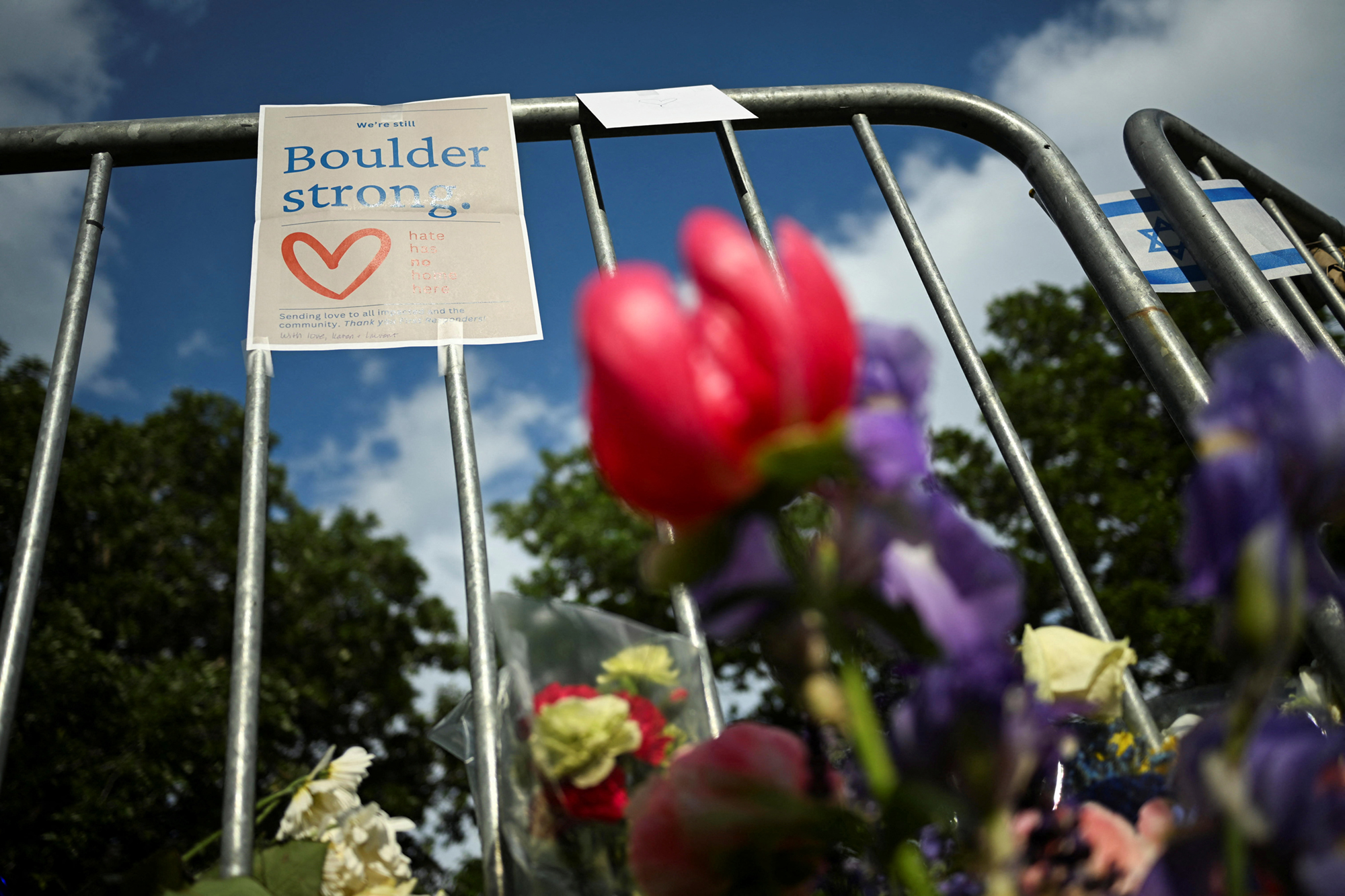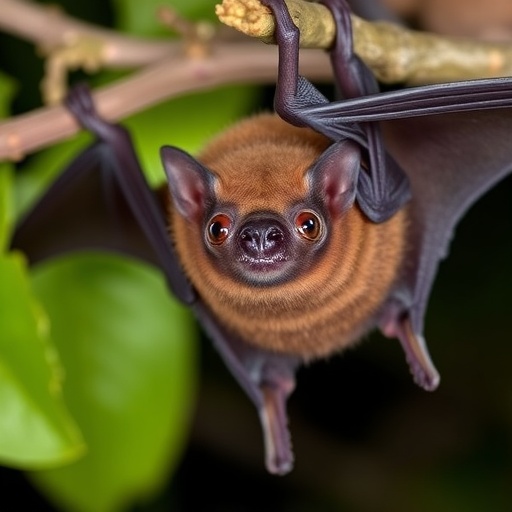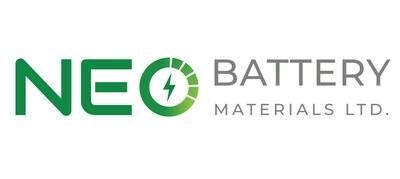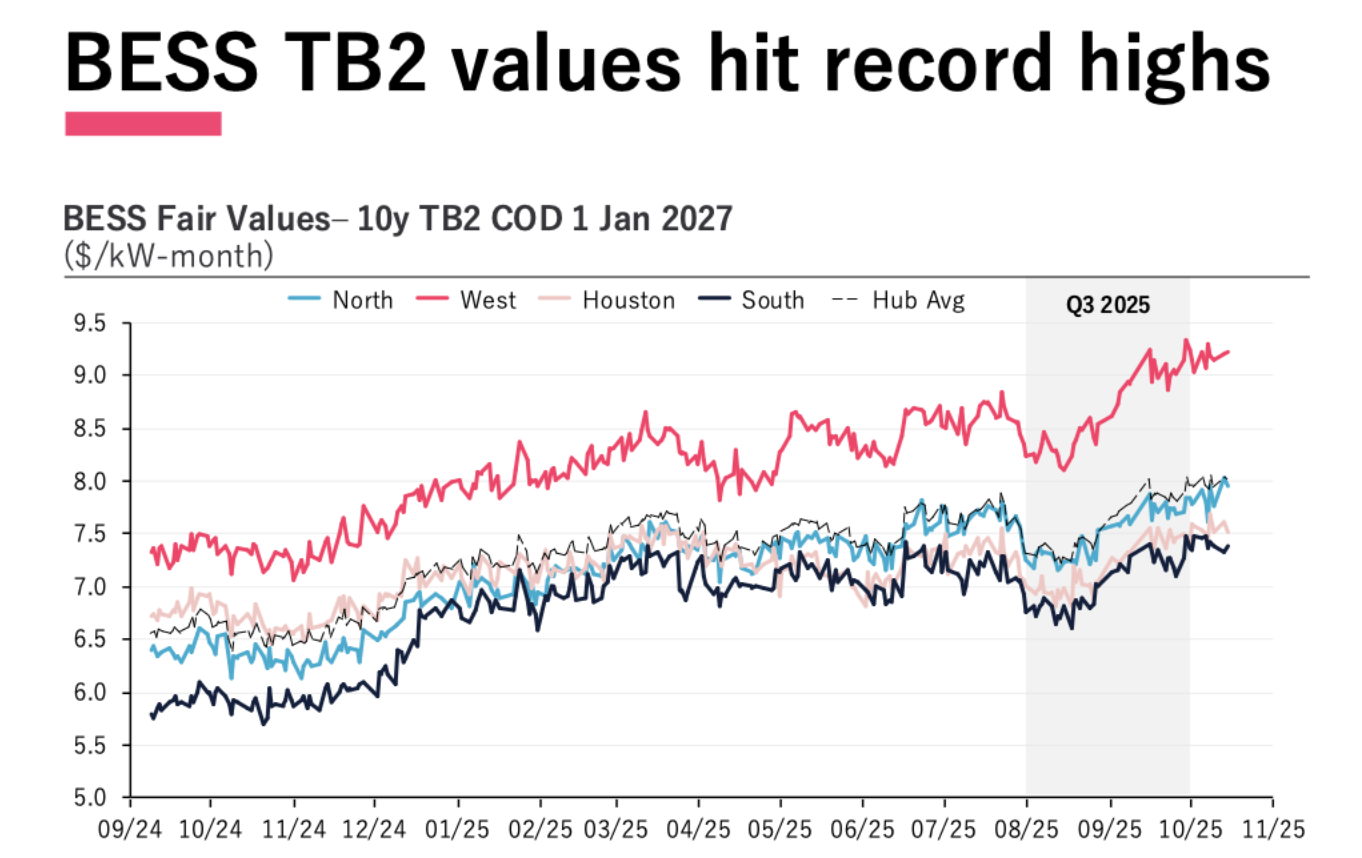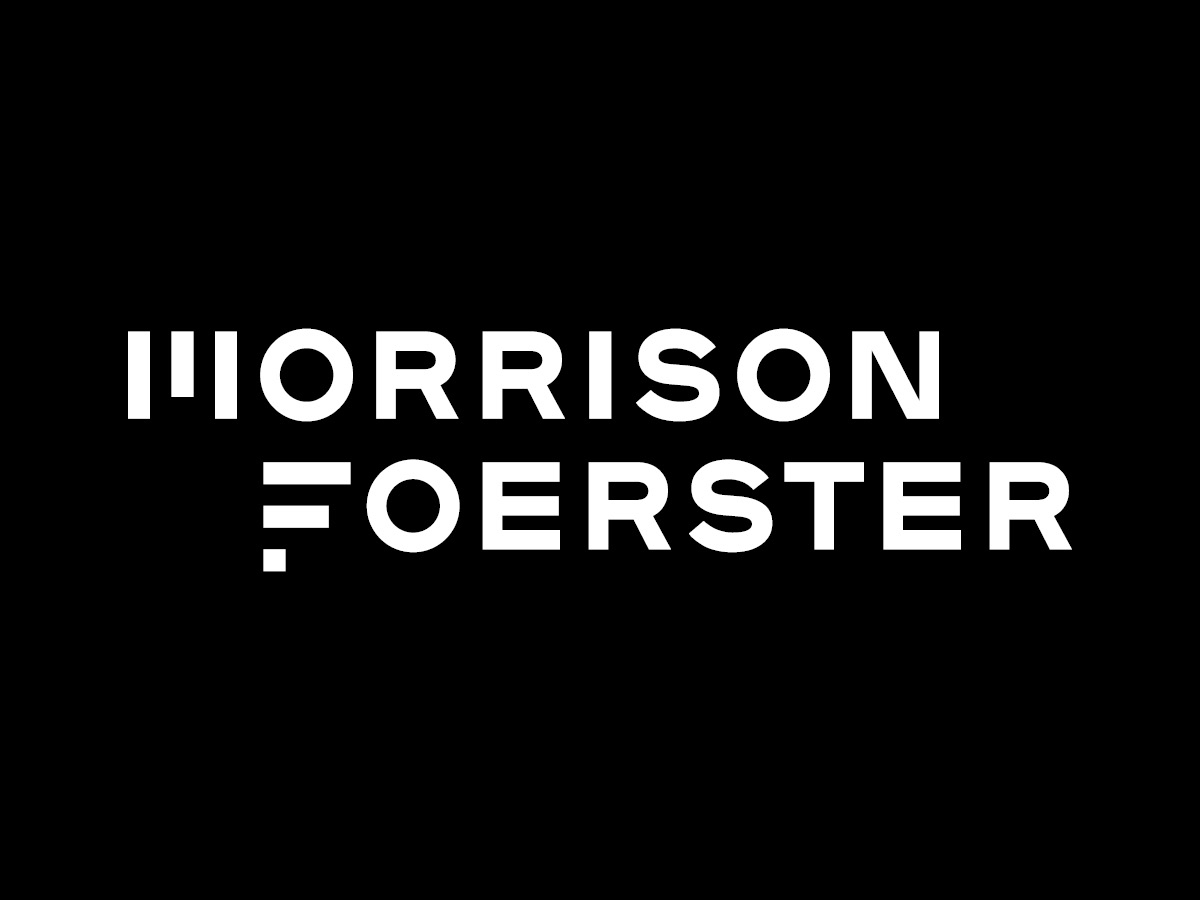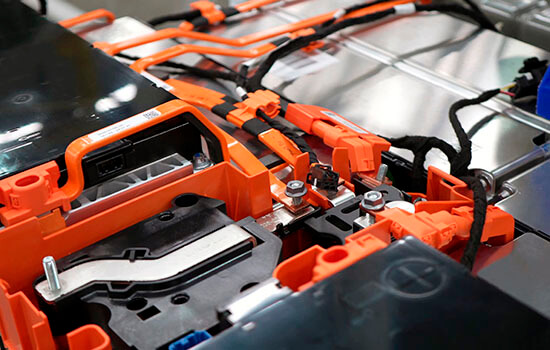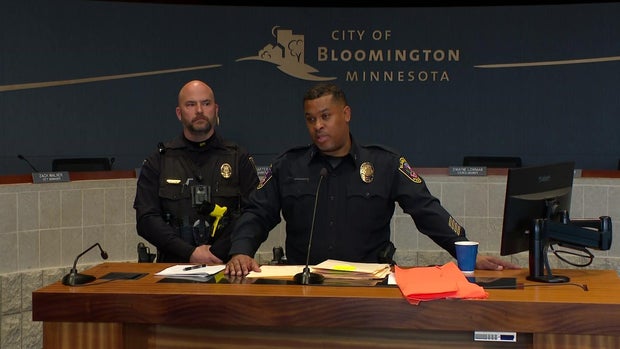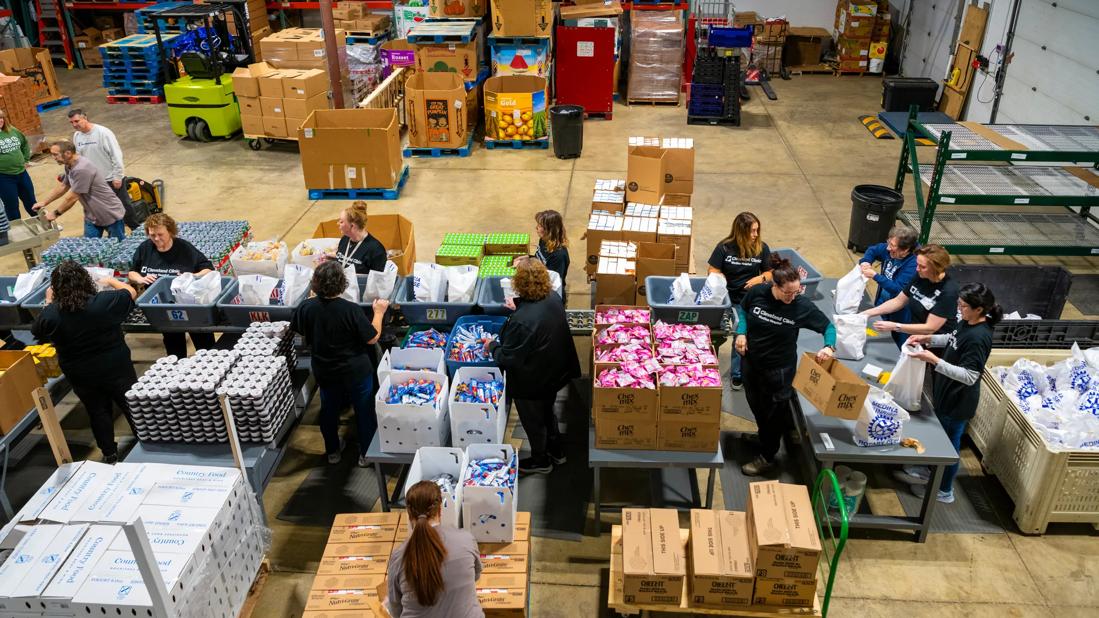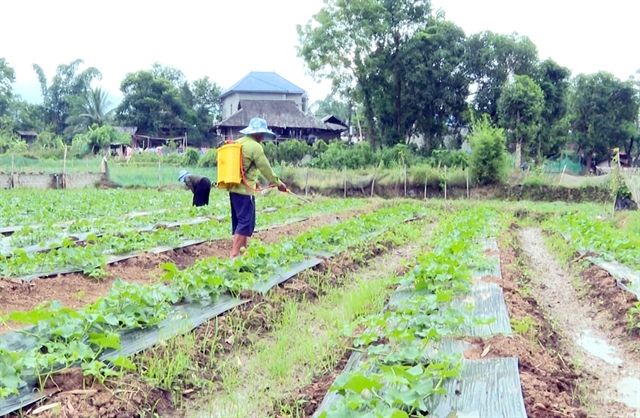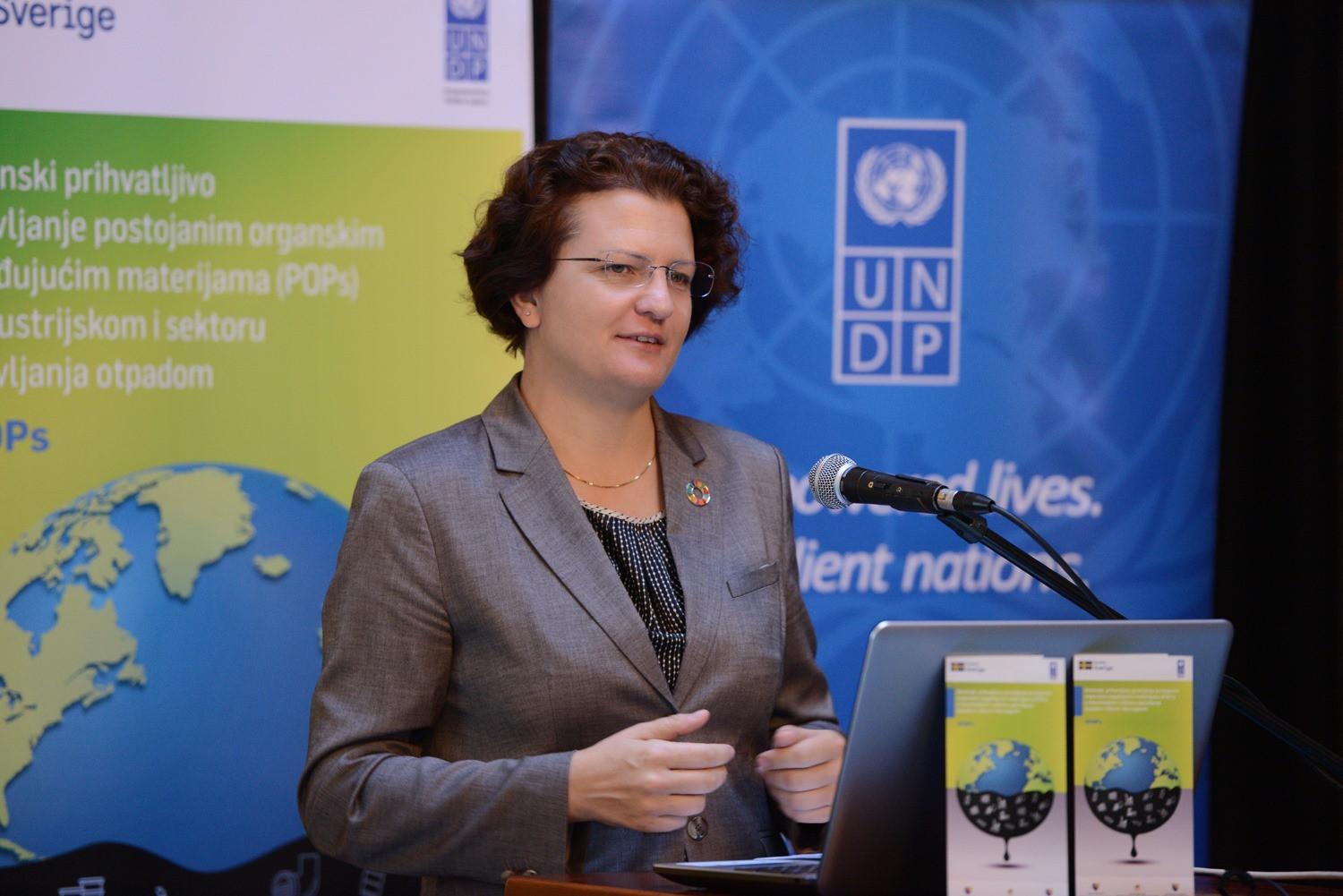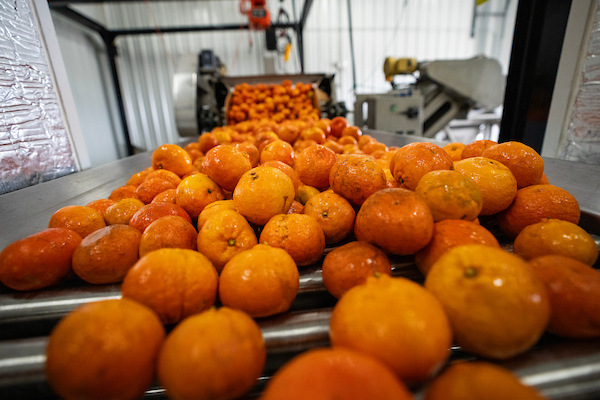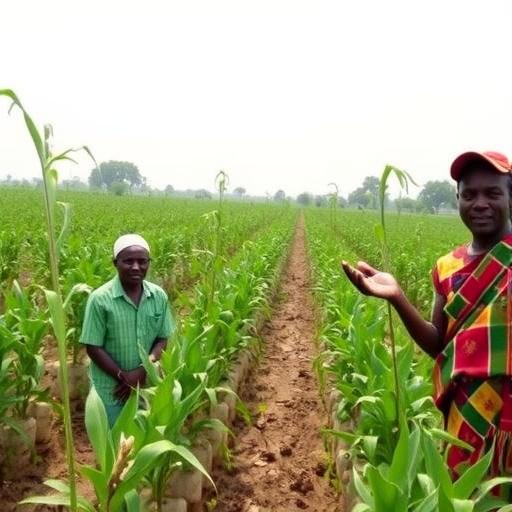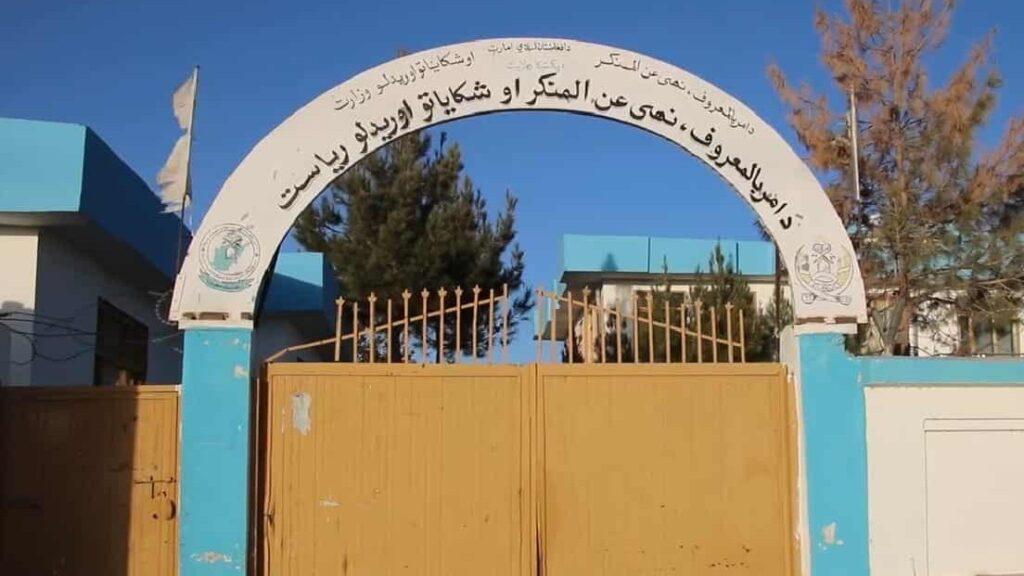Training the Trainers: Empowering South Africa’s Girl Guides with Space Science – SETI Institute

Report on the ‘Space Science for Youth in South Africa’ Initiative and its Alignment with Sustainable Development Goals
Project Overview
- The SETI Institute has awarded a new education grant via its Support Technology, Innovation, Development and Education (STRIDE) program for an initiative titled “Space Science for Youth in South Africa.”
- This project is a professional development program designed for the staff and volunteers of Girl Guides South Africa (GGSA).
- It is additionally funded by The Center for Radio Astronomy and Technologies at Rhodes University.
- The initiative’s primary objective is to empower girls and young women, enabling them to achieve their full potential by providing the confidence and skills necessary to advocate for change and make a significant impact.
Strategic Alignment with Sustainable Development Goals (SDGs)
- The initiative demonstrates a strong and direct commitment to several key United Nations Sustainable Development Goals.
- SDG 4 (Quality Education): By delivering engaging, inclusive, and inquiry-based space science education, the project directly enhances access to quality STEM learning. The “train-the-trainer” model ensures a sustainable and scalable educational impact.
- SDG 5 (Gender Equality): The program exclusively targets girls and young women through the GGSA network. It aims to inspire more young women to pursue careers in STEM fields, directly addressing gender disparity and empowering a generation of female leaders.
- SDG 10 (Reduced Inequalities): Through its strategic partnership with GGSA, the program is designed to reach 20,000 members in both urban and rural areas, working to reduce geographical and social inequalities in access to specialized educational opportunities.
- SDG 17 (Partnerships for the Goals): The project is a model of a multi-stakeholder partnership, uniting a US-based non-profit (SETI Institute), a South African NGO (GGSA), and a South African academic institution (Rhodes University) to achieve shared development objectives.
Program Methodology and Implementation
- The project’s core is a 2.5-day in-person training session scheduled for July 2025, led by SETI Institute Director of Education Pamela Harman.
- A “train-the-trainer” model will be utilized to maximize impact and build strategic capacity. A select group of GGSA leaders will be equipped to subsequently train the organization’s adult volunteer leaders.
- The training curriculum is designed to advance educational and gender equality goals and will feature:
- Hands-on, research-backed activities adapted from the SETI Institute’s successful “Reaching for the Stars: NASA Science for Girl Scouts” program.
- Instruction on best practices in inclusive facilitation to ensure equitable learning environments.
- An overview of astronomy and space science careers to promote pathways to future economic empowerment, contributing to the aims of SDG 8 (Decent Work and Economic Growth).
- Participation from professional role models and amateur astronomers to provide inspiration and mentorship.
Key Stakeholders and Partnerships
- The SETI Institute: As the lead organization, it provides curriculum expertise, project management, and leverages its experience to foster global educational development in line with SDG 17.
- Girl Guides South Africa (GGSA): As the primary implementation partner, GGSA provides the network to deliver the program. Chief Commissioner Lindelwa Ximiya noted the program aligns with their methodology of learning and reward, culminating in Space Science badges.
- The Center for Radio Astronomy and Technologies, Rhodes University: As a funding and academic partner, the Center supports the initiative’s goal of using South Africa’s leadership in radio astronomy as an inspiration for young women in STEM.
Funding and Sustainability
- Primary funding is provided by the SETI Institute’s STRIDE grant program.
- The STRIDE program is sustained by a $200M philanthropic bequest from the estate of Franklin Antonio, co-founder of Qualcomm.
- This financial foundation enables the SETI Institute to solicit STRIDE proposals annually, ensuring a sustainable mechanism for developing innovative education and outreach programs that contribute to global development goals.
Relevant Sustainable Development Goals (SDGs)
- SDG 4: Quality Education
- SDG 5: Gender Equality
- SDG 10: Reduced Inequalities
- SDG 17: Partnerships for the Goals
Specific SDG Targets Identified
SDG 4: Quality Education
-
Target 4.4: Increase the number of youth and adults with relevant skills for employment.
The article highlights that the “Space Science for Youth in South Africa” program aims to provide “skills and aspirations” and “career awareness” in STEM fields. The goal is to inspire “more young women to get into STEM fields,” which directly relates to developing skills for future employment. -
Target 4.5: Eliminate gender disparities in education and ensure equal access.
The program specifically targets “Girl Guides South Africa (GGSA)” to bring “space science education for girls ages 4.5 – 18.” This directly addresses the gender gap in STEM education by creating dedicated and “inclusive” learning experiences for girls and young women.
SDG 5: Gender Equality
-
Target 5.5: Ensure women’s full and effective participation and equal opportunities for leadership.
The project’s stated aim is to “empower girls and women to reach their full potential” and give them “confidence, skills and aspirations to advocate for change.” The “train-the-trainer” model also builds leadership capacity within the adult volunteers of GGSA. -
Target 5.b: Enhance the use of enabling technology to promote the empowerment of women.
The program focuses on “space science,” “radio astronomy,” and “STEM,” which are technology-centric fields. By equipping girls with knowledge and hands-on experience in these areas, it promotes their engagement with and understanding of advanced technology, contributing to their empowerment.
SDG 10: Reduced Inequalities
-
Target 10.2: Empower and promote the social and economic inclusion of all, irrespective of sex or other status.
The article states the program will be disseminated to GGSA’s 20,000 members in both “urban and rural areas,” addressing geographical inequality in access to quality STEM education. Its focus on empowering girls specifically targets gender-based inequality.
SDG 17: Partnerships for the Goals
-
Target 17.6: Enhance North-South cooperation on science, technology, and innovation.
The project is a collaboration between the US-based SETI Institute (North) and South African organizations like Girl Guides South Africa and Rhodes University (South). They are partnering to share “knowledge, tools, experience, and resources” in space science, which is a clear example of North-South cooperation on science and technology. -
Target 17.17: Encourage and promote effective public, public-private and civil society partnerships.
The initiative is a multi-stakeholder partnership involving a non-profit research organization (SETI Institute), a civil society organization (Girl Guides South Africa), and an academic institution (Rhodes University), demonstrating an effective partnership model for educational outreach.
Indicators for Measuring Progress
Indicators for SDG 4 & 5 (Quality Education & Gender Equality)
- Number of participants trained: The article implies this can be measured by tracking the number of “GGSA leaders” who complete the 2.5-day training and, subsequently, the number of the “20,000 members” who participate in the programs they deliver.
- Program completion rate: The article explicitly mentions that “the girls will be excited to receive their Space Science badges on completion of the challenges.” The number of badges awarded serves as a direct indicator of program completion.
- Increased interest in STEM careers: A stated goal is to “inspire more young women to get into STEM fields.” This could be measured through surveys or tracking the educational and career pathways of participants.
Indicators for SDG 10 (Reduced Inequalities)
- Geographic reach of the program: Progress can be measured by tracking the distribution of trained leaders and participating girls across “urban and rural areas” in South Africa to ensure equitable access.
Indicators for SDG 17 (Partnerships for the Goals)
- Establishment of a multi-stakeholder partnership: The article itself announces the formation of the partnership between the SETI Institute, Girl Guides South Africa, and Rhodes University, which is a primary indicator of this goal being met.
Summary of SDGs, Targets, and Indicators
| SDGs | Targets | Indicators (Mentioned or Implied in the Article) |
|---|---|---|
| SDG 4: Quality Education | 4.4: Increase youth/adults with relevant skills for employment. | Number of girls participating in STEM/space science activities. |
| SDG 4: Quality Education | 4.5: Eliminate gender disparities in education. | Number of “Space Science badges” awarded upon completion. |
| SDG 5: Gender Equality | 5.5: Ensure women’s full participation and leadership opportunities. | Establishment of a “train-the-trainer” program for GGSA adult leaders. |
| SDG 5: Gender Equality | 5.b: Enhance use of enabling technology for women’s empowerment. | Number of young women inspired to “get into STEM fields.” |
| SDG 10: Reduced Inequalities | 10.2: Empower and promote social inclusion of all. | Distribution of program activities across “urban and rural areas.” |
| SDG 17: Partnerships for the Goals | 17.6: Enhance North-South cooperation on science & technology. | The formal partnership between the US-based SETI Institute and South African organizations (GGSA, Rhodes University). |
| SDG 17: Partnerships for the Goals | 17.17: Encourage effective civil society partnerships. | The collaboration between a non-profit (SETI), a civil society organization (GGSA), and academia (Rhodes University). |
Source: seti.org

What is Your Reaction?
 Like
0
Like
0
 Dislike
0
Dislike
0
 Love
0
Love
0
 Funny
0
Funny
0
 Angry
0
Angry
0
 Sad
0
Sad
0
 Wow
0
Wow
0














